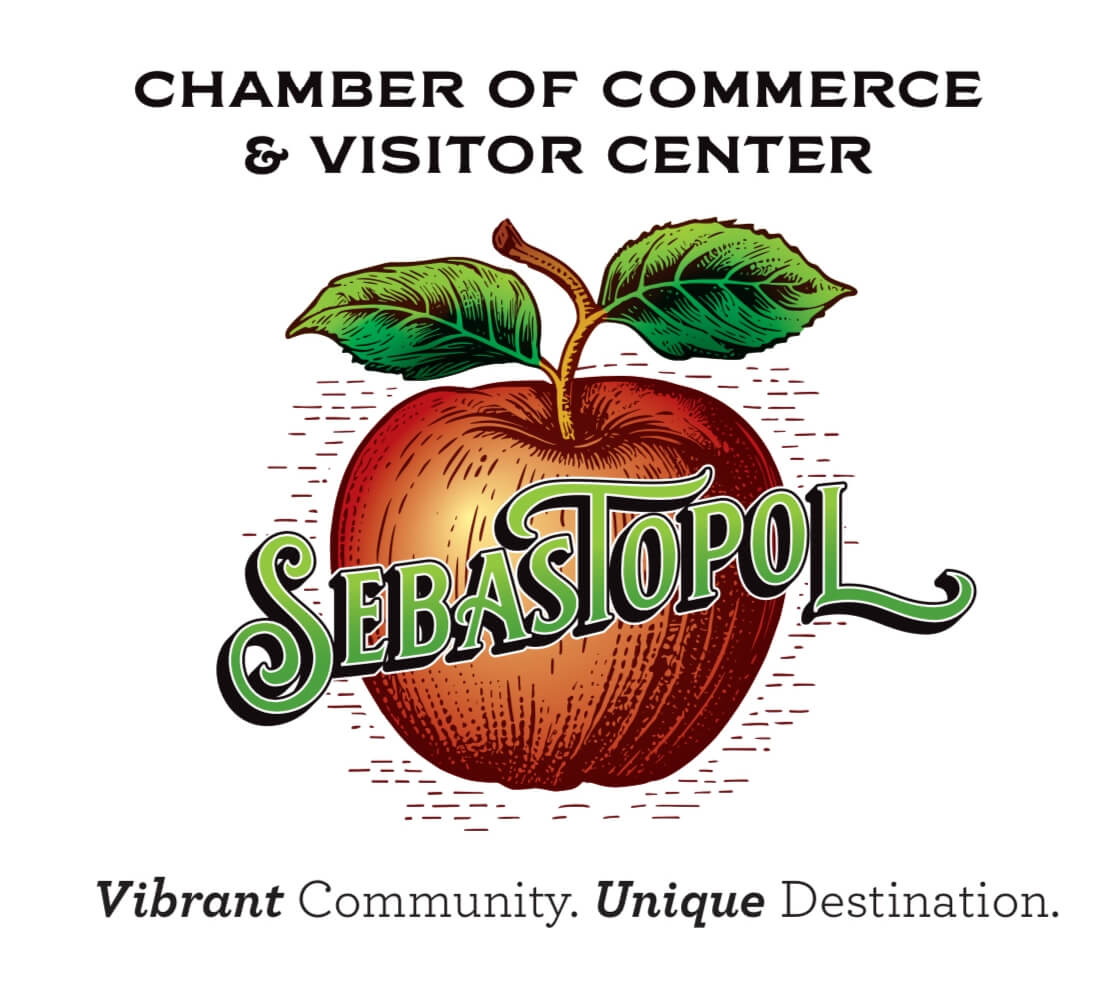Turning Curiosity Into Currency: Smart Content Strategy for Small Businesses
Every question a customer asks is a breadcrumb leading to trust. In an age when attention spans flicker and scrolls are infinite, small businesses have an edge they don’t always realize: they hear real questions every day. While massive brands often chase trends with bloated ad budgets, smaller outfits are sitting on gold—authentic, repeat questions that signal real needs. The trick is in shaping those inquiries into content that feels less like a sales pitch and more like an honest answer worth reading.
The Goldmine in Everyday Conversations
A steady stream of questions flows into inboxes, phone lines, and storefronts, often overlooked in the race to be “innovative.” Yet those moments—when someone asks about turnaround times, refund policies, or how a product compares to another—offer ready-made opportunities for content. Rather than responding reactively one by one, small businesses can compile these into living documents, short videos, or thoughtful blog entries that save everyone time. These are more than FAQs—they’re empathy in action, showing people that someone understands what they’re actually wondering.
Build Trust Without the Hard Sell
No one enjoys being cornered by a sales pitch masked as helpful advice. That’s where small businesses can excel by keeping their answers honest, jargon-free, and without a hard lean into conversion metrics. When content feels like a real conversation rather than a search-engine trap, it disarms readers. Answering questions clearly—without pivoting to a sale every time—builds goodwill, which eventually turns into loyalty, and loyalty becomes word-of-mouth that’s hard to manufacture.
Speak the Language of Your Community
Translating how-to and FAQ videos into the languages spoken by your customers deepens trust and boosts clarity across the board. Somewhere between subtitles and voiceovers, people often pause and think, this is interesting, simply because the content finally feels meant for them. With AI-powered tools now handling much of the heavy lifting—from accurate translations to synchronized audio—it’s never been simpler to connect meaningfully. Better understanding leads to smoother service, fewer support hiccups, and a customer base that feels genuinely included.
Format Isn't Just Cosmetic
The medium carries as much weight as the message. A how-to video, a checklist in a blog post, or even an annotated product image might answer a question better than another wall of text. Matching the content format to the type of question—visual for product demos, text for policy explanations, audio for behind-the-scenes insights—helps users stay engaged. Small businesses don’t need to be everywhere; they just need to choose formats that honor the nature of the question being answered.
Turn One Question Into a Content Series
A single question can be split into parts, explored from multiple angles, and repurposed across platforms. What begins as “How does this product work?” can lead to tutorials, customer testimonials, troubleshooting tips, and behind-the-scenes content. Rather than dumping everything into a single explainer, breaking it up keeps audiences coming back while reinforcing authority over time. This layered approach also stretches limited content resources further, which matters when staff wear more than one hat.
Involve the People Who Know Best
Too often, content creation gets handed off to someone detached from the front lines. Yet the most useful responses come from those who hear the same questions every week—store managers, technicians, service reps. Encouraging those voices to weigh in can lend texture and specificity that polished marketing copy often lacks. Even a short quote or a casual walkthrough from an employee can turn bland answers into engaging insights that feel lived-in, not rehearsed.
Make Search Work for You, Not Just the Algorithm
There’s value in optimizing content for search, but chasing SEO alone often results in robotic answers that feel designed for machines. Instead, small businesses should aim to be the best human answer available online for a given question. That means using the actual language customers use, acknowledging nuance, and even admitting when something isn’t perfect. Ironically, this humility often earns more trust—and more clicks—than a slick but soulless article optimized to death.
Small businesses often underestimate how much people crave answers that feel personal, not generic. When content springs from real conversations and is shaped by the people closest to the customer, it gains an edge that no algorithm can replicate. The goal isn’t to produce more—it’s to produce what matters. Answering questions isn’t a duty; it’s a chance to prove that the business is listening, and that it deserves to be trusted.
Discover the community of Sebastopol and stay updated on exciting events like the Apple Blossom Festival by visiting the Sebastopol Area Chamber of Commerce today!

